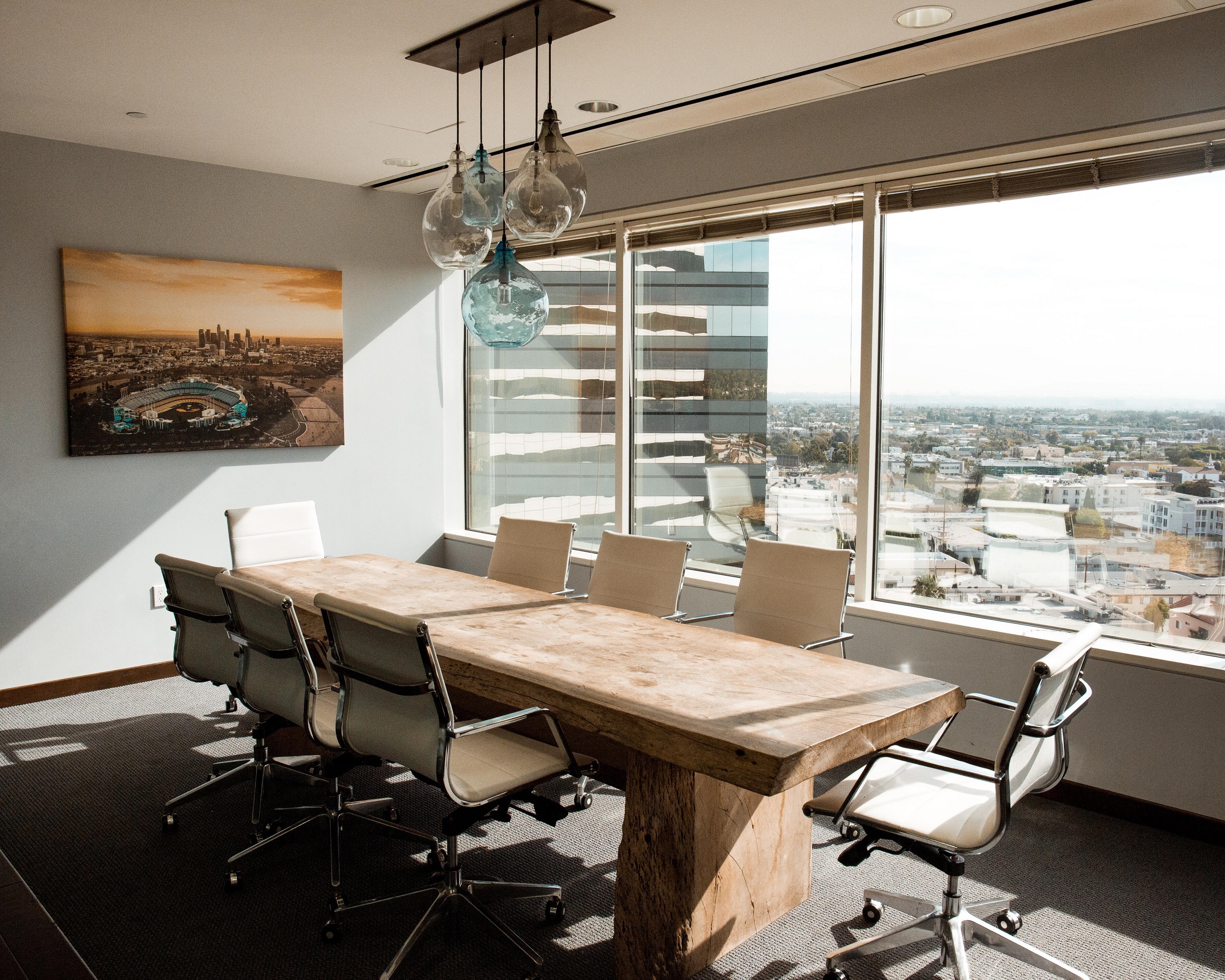The workplace should be a place where employees can work productively and happily.
However, poorly designed, badly managed or poorly developed work environments can seriously affect employee motivation.
Factors such as lighting and temperature, noise, layout, interior design, view, plants, and adequate privacy can all have a negative impact on employee motivation and productivity.
Well-designed interior
The workplace should be designed to create an employee-centric working environment as well as a pleasant and productive working environment.
When designing the interior, it is important that the work environment is functional, comfortable, environmentally friendly, and aesthetically pleasing.
Workspace design should support the type of work being carried out. For example, light, temperature, and noise should be appropriate for the tasks being performed.
Comfortable and ergonomic office furniture is also important for employee well-being. Comfortable seating, desks, and workstations can help reduce fatigue and discomfort and improve productivity.
Good lighting
Lighting is an important consideration. It can affect employee performance and productivity. Adjust the lighting to suit the tasks being performed.
Ambient lighting should be used for areas around the workstation, and task lighting should be used for areas around the workstation.
Ambient lighting is lighting that illuminates the whole room and is used to create a comfortable working environment.
Task lighting is used to illuminate a specific area and is used to control glare and prevent eye strain.
Adjust the lighting to suit the tasks being performed, and to suit the time of day. For instance, more light may be required during the morning as employees prepare to start work.
A well-lit workplace has a positive effect on employee performance and productivity.
Quiet environment
Noise can have a negative impact on employee productivity. For example, noise can distract employees, making it difficult to focus.
Noise can also cause stress, tiredness, headaches, and annoyance.
To prevent noise from distracting employees, ensure that office equipment, such as printers, photocopiers, and fax machines, are away from the main work area.
Adequate equipment
Employees should be provided with adequate equipment to complete their work. For example, a computer, printer, desk, chair, filing cabinet, desk lamp, etc.
It is essential that the equipment is in good working order and that employees know how to use it. Without the right equipment, employees are likely to become frustrated and annoyed.
Regular cleaning and replacement of damaged equipment are necessary to maintain productivity.
Good communication and harassment prevention
Good communication requires open channels of communication, good leadership, effective communication training, and a positive working environment.
It can prevent employees from feeling stressed, disrespected, or intimidated. Inadequate communication can result in tension and misunderstandings.
Harassment, bullying, and intimidation, on the other hand, may have far more devastating effects, both on individual workers and the company as a whole.
Employers are obligated to thoroughly investigate any significant event or complaint and take any disciplinary action. If legal action is ever threatened, having email archiving, WhatsApp archiving, and other communication records can help you monitor communications, spot problems early on, and prepare for discovery.
Adequate privacy
The privacy should be made available to employees to enable them to work effectively.
For example, employees should be able to keep the area where they are working private and should be able to easily reach a telephone or intercom.
Privacy is particularly important for employees who need to keep confidential documents.
Accessibility
When designing a workspace, it is important to consider the needs of employees with physical limitations.
For example, employees with physical disabilities may need a chair with arms or a raised seat.
It is also vital that employees are able to easily reach equipment, files, and stationery.
In addition, the layout of the office should be designed to encourage good communication. Employees should be able to easily and conveniently communicate between areas.
Regular beaks
Regular breaks are important. Employees need time to relax and refresh themselves, as well as adequate room for breaks.
Breaks encourage concentration and productivity and allow employees to catch up with colleagues and socialize.
Breaks also help employees to reduce stress, anxiety, and fatigue. They should be planned carefully and should take place occasionally, but not too often.
Conclusion
Creating a productive workplace requires careful planning and design.
Employees need to feel comfortable and confident in their surroundings. The workplace should be a pleasant place to be.
The workplace should be designed so that employees can concentrate, work productively, and be comfortable.



